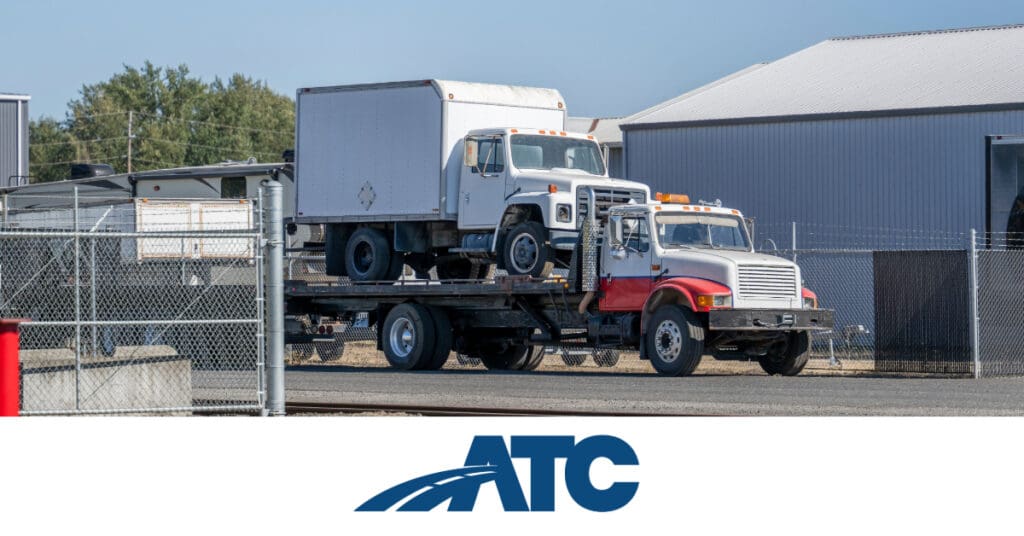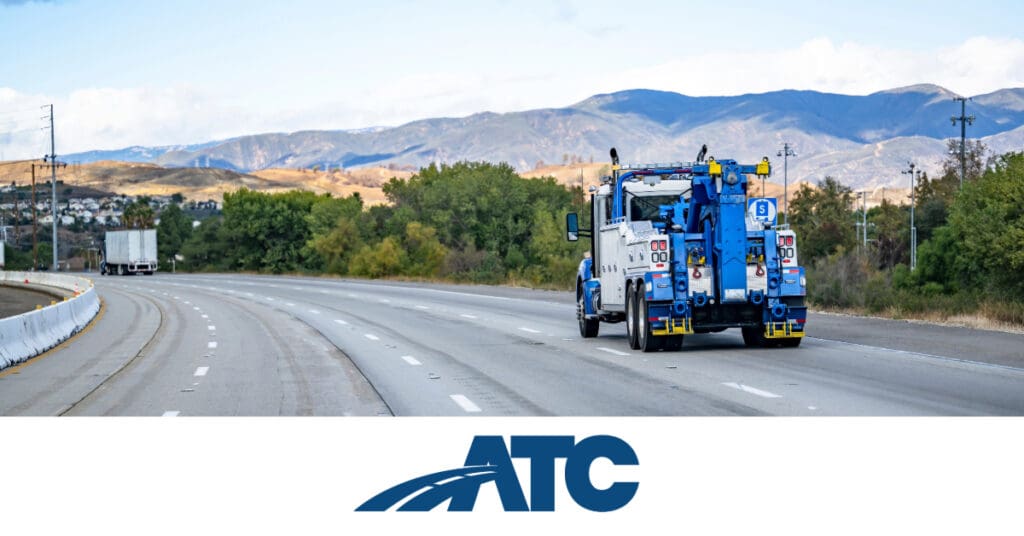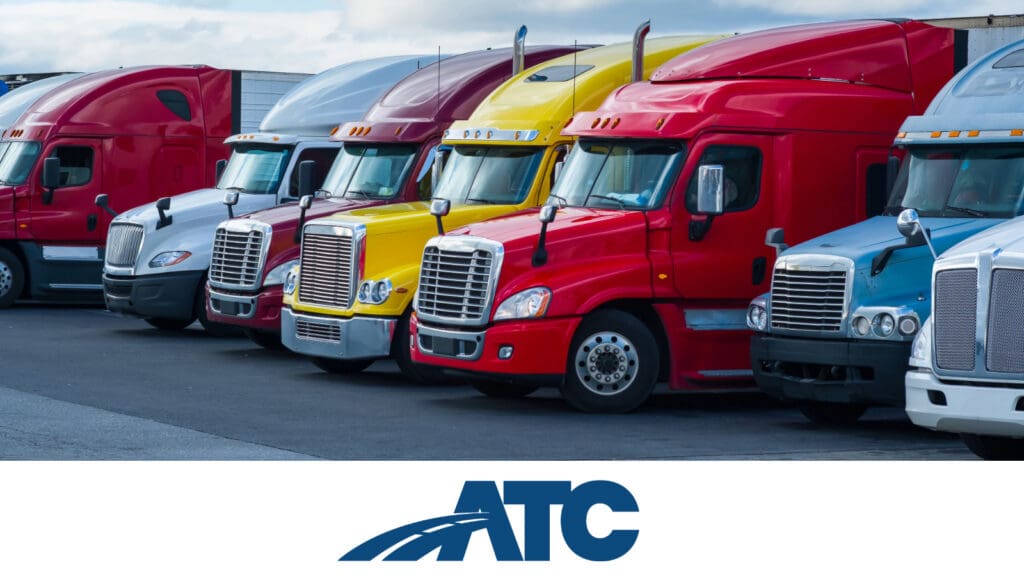Procurement issues often stem from inadequate vendor management, insufficient inventory control, and unpredictable delivery schedules. These challenges can lead to project delays and increased costs, impacting overall business operations.
ATC offers a comprehensive approach to tackling these problems by ensuring reliable and efficient driveaway and transport services for a wide range of commercial vehicles in all 50 states.
Here are some tips on how to avoid the pitfalls of procurement issues and increase delivery efficiency.
1. Enhanced Supplier Relationship Management
Strengthening relationships with suppliers can help mitigate risks associated with procurement, such as delays and quality issues. This involves regular communication, collaborative problem-solving, and strategic partnership initiatives to ensure both parties align with each other’s goals and expectations.
2. Implementing Technology and Automation
Using procurement software or platforms can streamline procurement processes, reduce errors, and improve efficiency. Automation tools help manage inventory, track shipments, and process orders more quickly and accurately.
41% of American procurement companies use ERPs, and this technology can also provide valuable data insights to help them make better procurement decisions. This approach ensures that all vehicle-related procurement issues and processes, from parts replacement to service contracts, are centrally managed and aligned with the company’s operational requirements and compliance standards.
3. Regular Performance Reviews and Adaptation
Conducting periodic reviews of procurement strategies and supplier performance can help identify bottlenecks and areas for improvement.
- Regular Strategy Reviews: Schedule periodic assessments of procurement policies to ensure alignment with business objectives and market conditions.
- Supplier Performance Evaluations: Use key performance indicators to systematically review supplier contributions, focusing on delivery times, quality, and contract adherence.
- Identify Improvements: Analyze procurement data and stakeholder feedback to pinpoint and address inefficiencies.
- Adapt Practices: Make timely adjustments to procurement methods based on performance data and feedback, ensuring strategies are responsive to market trends and business needs.
Adapting procurement practices based on these reviews ensures the process remains efficient and cost-effective. It also helps adjust promptly to changes in market conditions or business needs.
4. Centralized Management of Commercial Vehicle Fleets
Centralizing commercial vehicle fleet management significantly boosts the efficiency of procurement and deployment. By adopting a unified platform or service for overseeing procurement, maintenance, deployment, and tracking, businesses can streamline operations, reduce costs, and improve response times while ensuring regulatory compliance.
Ready to streamline your operations and tackle common procurement issues? Contact ATC for a customized quote and learn how we can enhance your delivery efficiency and reliability. Let us manage the logistics, freeing you to focus on business growth. Choose ATC for a seamless driveaway service experience.










